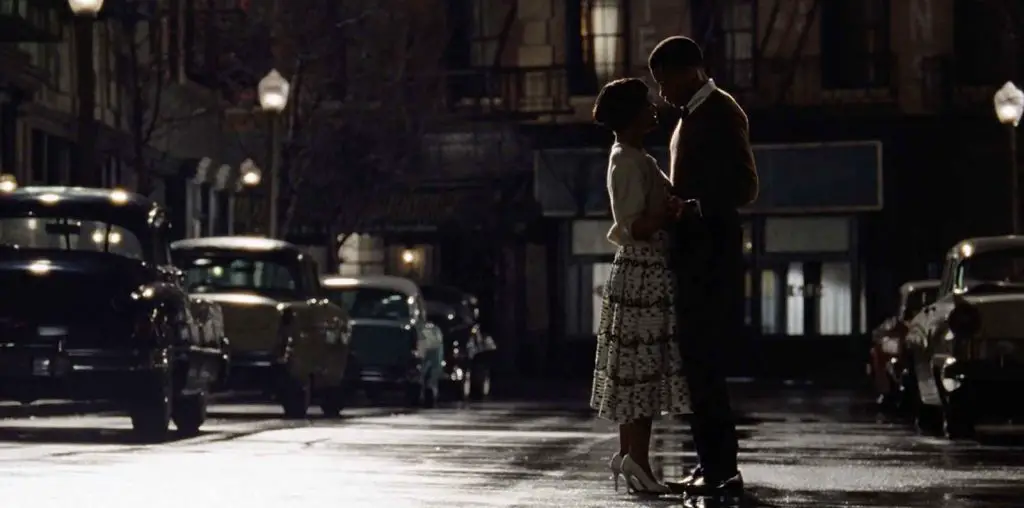
I have to admit that I approached Lars von Trier’s “Manderlay” with a great deal of unease. This is the second film in the Danish director’s trilogy of skewered Americana – the first was “Dogville,” which I thought to be among the very worst of 2004.
However, I can happily admit that “Manderlay is everything that “Dogville” is not. Whereas “Dogville was obnoxious, strident and poorly conceived, “Manderlay” is an imaginative, disturbing and richly artistic experience. “Dogville” was also utterly predictable, with its surprise ending telegraphed ahead in the very first scene. “Manderlay,” however, is thoroughly unpredictable to the point that it is impossible to determine where the story will lead.
Picking up where “Dogville” left off, “Manderlay” follows Grace (Bryce Dallas Howard, replacing Nicole Kidman from the first movie) and her gangster father (Willem Dafoe, replacing James Caan) in a journey across the American South. They stop in Alabama at a weird site: the plantation Manderlay, where slavery is still intact. Since this is the 1930s, the notion that blacks are being kept in servitude riles Grace and awakens her civil libertarianism. With her father’s reluctant support, she and a few of her dad’s gangster lieutenants announce they are taking over Manderlay. Their timing is fortuitous, as the plantation owner (Lauren Bacall) is on her deathbed and conveniently dies as Grace is spouting about the emancipation of slaves.
Grace takes it upon herself to bring the black slaves of Manderlay up to some semblance of speed with the concept of living in a modern democracy. This involves keeping the white overseers of the plantation in virtual imprisonment, but Grace is initially unconcerned about their situation. By attempting to encourage the practice of rule by majority vote, self-empowerment and community support, Grace tries to turn Manderlay into a self-supportive agricultural cooperative.
To give away more of the story is to ruin the many surprises which von Trier has in store here. Although he briefly lapses in the film’s conclusion to the shrill level of anti-Americanism which plagued “Dogville,” he nonetheless creates something which is universal in its questioning of liberty and justice. The film bangs out jagged questions of economic value, political worth and social hierarchy, and more often than not these questions draw blood and hit nerves.
As with “Dogville,” von Trier uses a minimalist “Our Town”-style approach with open sets and minimal props. But here, the production value is cloaked in shadows and tightly framed with a sense of dread that makes the film resemble a “Twilight Zone” episode. The handheld camerawork, which was emetic in “Dogville,” is appropriate here for the genuinely off-kilter and unsettling story.
The big difference, though, is in the main casting. Nicole Kidman’s presence in “Dogville” was absurd: her glamour was exaggerated to the point of idiocy and never made sense in the context of the story. Bryce Dallas Howard is not the movie star of Kidman’s level, but her lack of glamour makes the character all the more human and believable: it is easy to accept her naivete and idealism because she looks like someone who can fall into such an intellectual trap, whereas Kidman was never more than a movie star slumming in an experimental art movie.
“Manderlay” actually does not need “Dogville” to be understood. It can hold its own as being among the boldest and most original movies in recent release.
